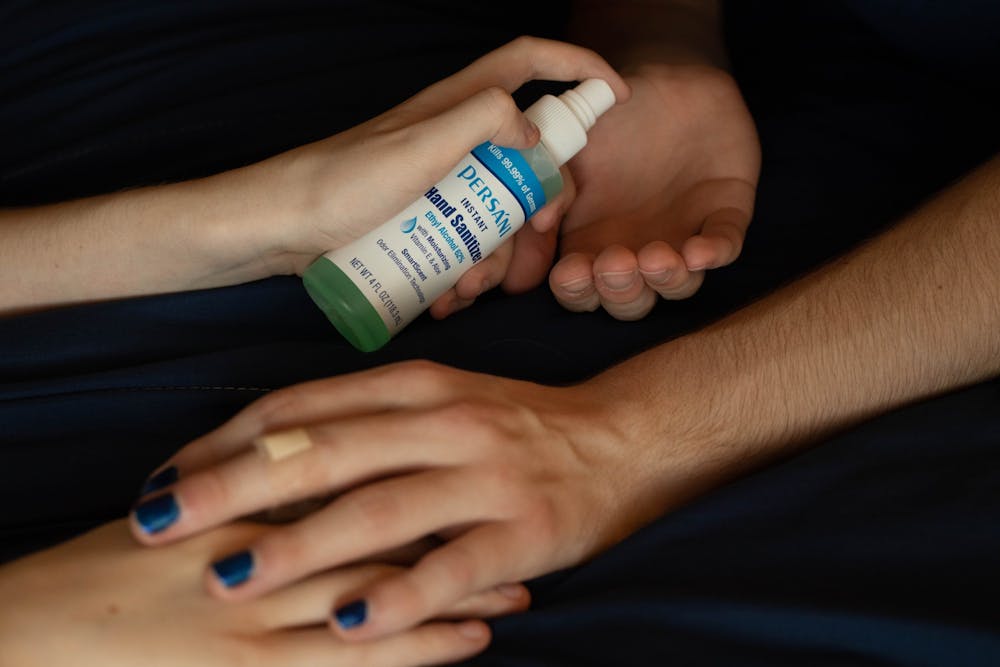We all are pretty hopeless when it comes to figuring out how likely things are and understanding how that likelihood applies to us.
So, when do we fail to understand uncertainty?
A great case study would be the 2016 presidential election. In the months and days leading up to the election, many forecasters gave Hillary Clinton an extremely high chance of victory. Seeing the high chances of a Clinton victory, many people decided that it would take a cataclysmic event, like dying from a lightning strike (odds for that are 1 in 180,746), for Donald Trump to win.
But once again, our silly little human brains fooled us. With odds like a 71 percent chance of victory, many people saw a “greater than 50 percent" chance and assumed Clinton was all but set to be our next president.
However, when those odds get reduced to fractions, they seem a lot more likely. Instead of saying that Trump had a 29 percent chance of winning, maybe FiveThirtyEight should have expressed it as an “almost 1 in 3 chance,” or for an even more real-world example, “the odds of winning one round of rock, paper, scissors." Hearing that might have made some people reconsider their assumptions about election night.
The most recent test of our ability to understand risk has been dealing with COVID-19. In the early days of COVID-19, with little knowledge of how the virus worked, taking maximum risk avoidance was the best option.
As soon as we learned more and more about COVID-19, risk avoidance should have been adjusted. For example, once we figured out that the risk of transmitting COVID-19 through surfaces was low, wiping down groceries and constantly cleaning surfaces should have taken a sideshow to the more likely ways of COVID-19 transmission (namely airborne transmission).
Another example of improper risk evaluation is the continuation of mask-wearing and mandates for outdoor activities. Study after study has shown that outdoor case spread is minuscule compared to indoor spread of COVID-19. But, because wearing a mask all the time in a public space has become a risk default for many, the nonsensical outdoor mask-wearing behavior still exists.
What makes the outdoor mask mandate even more nonsensical is the relative ease at which indoor dining permits the removal of face masks in a much more risky environment. I don’t know about you, but seeing people walk around outdoors with a mask on, and then remove it as soon as they sit down at a packed indoor restaurant, just doesn’t add up.



